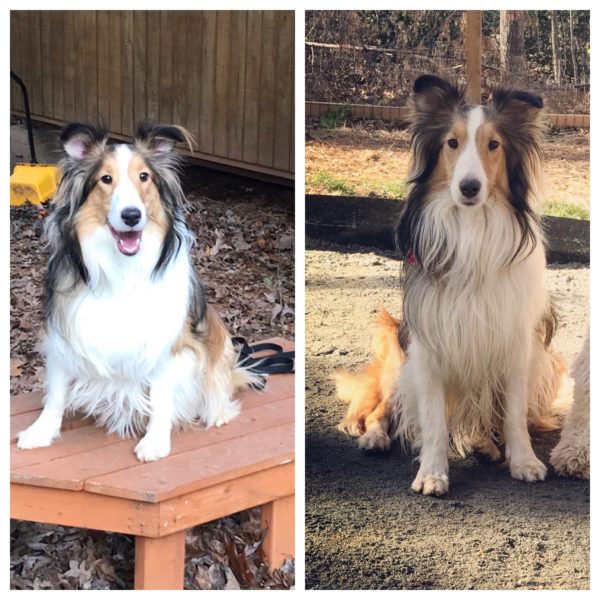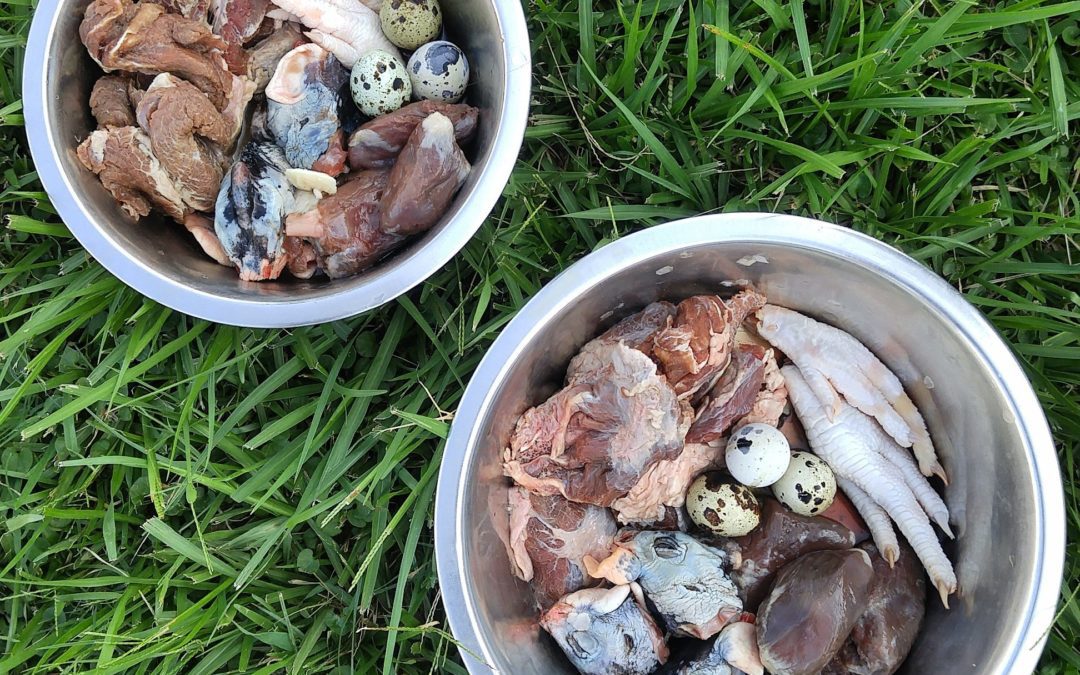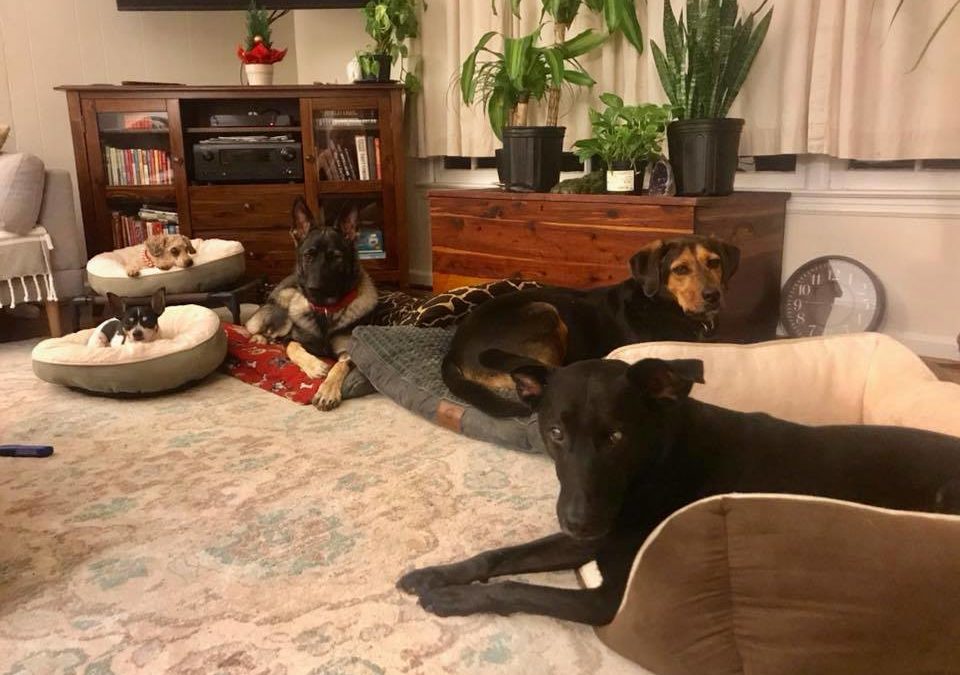This is one of the first questions we are asked in our puppy training class. Some dogs are more prone to this than other dogs. Breeds like the Belgian Malinois, Australian Shepherds, German Shepherds, Huskies, etc are all, what we refer to as, “prey driven”, “herding” dogs; meaning, they instinctively want to herd and chase things.
As puppies, these dogs have these natural herding tendencies to nip at your heels, shoes, and hands; however, many inexperienced people have confused this behavior for aggression. Although your puppy does this with no malice intent, puppy teeth are still sharp and quite frankly, they can hurt! It is important that you fix the nipping, play biting, and mouthing as a puppy – what might be “cute” in a 4 month old is not cute in a full grown 60+ pound dog.
So What Can You Do To Stop or Help Play Biting In Your Dog?
First, you must understand what dogs and puppies do during play and you must replicate this same behavior. When litter mates are playing in their early life (8-weeks and below), they learn something called, “bite inhibition.” Bite inhibition simply means that your puppy learns how to control or regulate the force of his/her bite while playing with the other litter mates.
When one litter mate bites another litter mate too harshly, that litter mate will let out a “yelp” and the play terminates. So, the offending puppy learns, “I used my mouth too hard and now the fun stops.” You know the famous quote among us humans, “It’s all fun and games until someone gets hurt?” Well, guess what: puppies and even adult dogs use this same quote, they just speak in a different language.
When your puppy starts biting on you, you can replicate this same behavior as the littermates. You let out a little “yelp” and then end the play session. How do you end the play session? You can either put the puppy in a different room or you can go into a different room. After 20-30 seconds, come back out and resume the play, then repeat.
Another solution: when your puppy begins tugging/biting on your shoes, shirt or hands, try “replacing” it with something that they CAN have (toy, bone, tug, etc). You are essentially correcting the behavior by redirecting the puppy’s mouth into appropriate play. This says to the puppy, “Doing this is not acceptable, however, you can play with this instead.”
Lastly, try not to wrestle, or roughhouse too much with your puppy, as this will only instigate the biting, nipping, or mouthing. Remember, dogs do not have opposable thumbs like we humans do. They investigate things using their teeth and mouth. If you need more info on how to appropriately play with your puppy, check out our blog about it.
If you are still having troubles with your puppy or adult dog play biting, mouthing, or nipping, you should find a qualified in your area to help with the issue.







